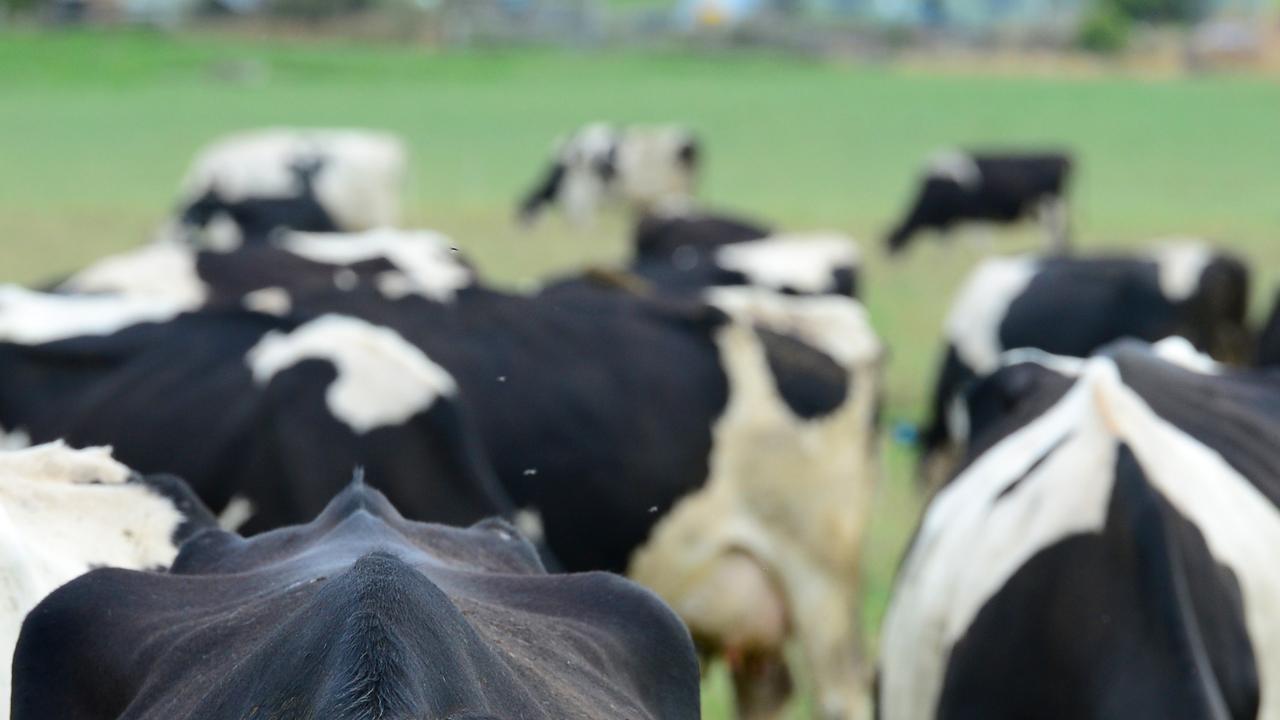Short supply of long-life milk produces extraordinary statistics
The retail frenzy generated headlines but sales for one line of produce flew under the radar – long-life milk.
TOILET paper, hand sanitiser and pasta all flew off the shelves when panicked Australians headed to the supermarkets in droves a few months ago.
The retail frenzy generated headlines, created headaches for everyone along the supply chain as well as some unedifying footage on news bulletins of shoppers squabbling over sparsely-stocked groceries.
But sales for one line of produce flew under the radar — long-life milk.
Dairy Australia’s latest situation and outlook report has revealed some astonishing statistics covering the months when shoppers went corona-lockdown crazy.
In Australia the retail sector usually accounts for a larger share of national dairy consumption, compared to other channels.
For example, around 65 per cent of liquid milk is sold in supermarkets, milk bars, general stores and other grocery outlets.
This weighting resulted in a temporary overall increase in dairy sales, as consumers stocked up pantries and fridges in preparation for restrictions following widespread lockdowns in other countries.
Nielsen data revealed volume sales of long-life milk surged 76 per cent in the four weeks to March 22 while volume sales of fresh milk grew by nearly five per cent.
Although the initial panic that followed the initial coronavirus restrictions in early March has begun to settle, retail sales of dairy products remain elevated.
Dairy Australia senior analyst Sofia Omstedt said strict lockdowns by governments abroad propelled Australian shoppers towards the dairy cabinet.
According to data from Nielsen Homescan, only around one-third of households usually buy long life milk during a four week period.
“Compared to many other countries, Australia is not usually a big consumer of long-life milk. The Nielsen data showing a 76 per cent increase in sales for the four weeks to March 22 is an extraordinary figure,” she said.
In the 12 weeks to April 19, fresh milk volume sales increased by 3.8 per cent while butter volume sales grew strongly, up nearly 32 per cent.
“Because most states and territories around Australia restricted cafes and restaurants to take-away services only, sales in the foodservice sector declined significantly,” Ms Omstedt said.
“But with the decline in cafe and restaurant sales, more Australians had to cook from home and that’s why butter and even fresh milk sales increased over the first four weeks of the coronavirus restrictions.”
While other western nations also imposed restrictions on cafes, restaurants and hotel dining options, Australian dairy sales were not as adversely impacted due to long-standing domestic consumer trends.
“In the United States for example, a far greater proportion of dairy is consumed at cafes and restaurants rather than at home,” Ms Omstedt said. “Australian dairy sales are more focused on the retail side, rather than food service, so that is why Australia has not been as impacted as some other countries.”



